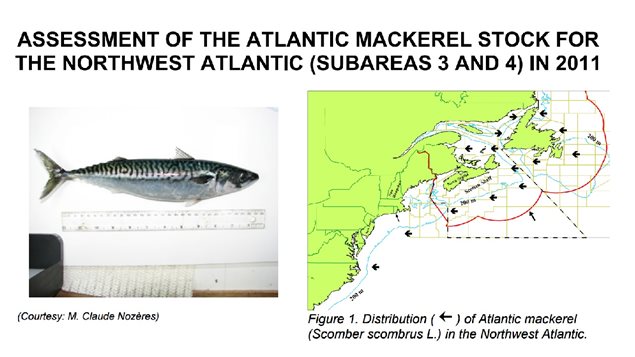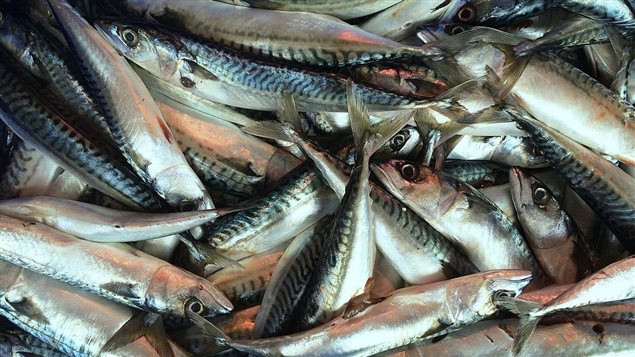An environmental group says the Canadian Department of Fisheries and Oceans (DFO) is ignoring science and its own recommendations.
DFO recently set allowable catches of mackerel in two fishing zones, area 3 and 4, at 8,000 tonnes.
Ten times above scientific advice
The group, Ecology Action Centre, says the DFO’s own assessment recommended that total allowable catch (TAC) not exceed 800 tonnes.
Mackerel are an important forage fish and prey for many other ecologically important species like tuna, and whales.

The Ecology Action Centre claims mackerel are being overfished and notes that the TAC is continually being reduced from 75,000 tonnes in 2009, down to the present 8,000t.
In spite of that they note that in 2015 the Canadian mackerel fishery experienced its lowest landings in recent history at approximately 3900-t and as such there are not enough fish to fulfil the current limit, indicating serious trouble in the stocks.
The EAC also points out there are the issues of by-catch, a recreational fishery, and mackerel can also be traded between fisherman for bait, none of which is recorded for mortality estimates.
The EAC says at the very least the DFO should lower the limit to current catch levels, and until science is able to obtain a stronger understanding of the impacts of fishing to mackerel population health, as well as ecosystem factors such as environmental changes and predation that may impact population recovery.
A new assessment will be performed in 2017. The EAC says the DFO should then act responsibly and according to its own recommendations.
additional information-sources







For reasons beyond our control, and for an undetermined period of time, our comment section is now closed. However, our social networks remain open to your contributions.